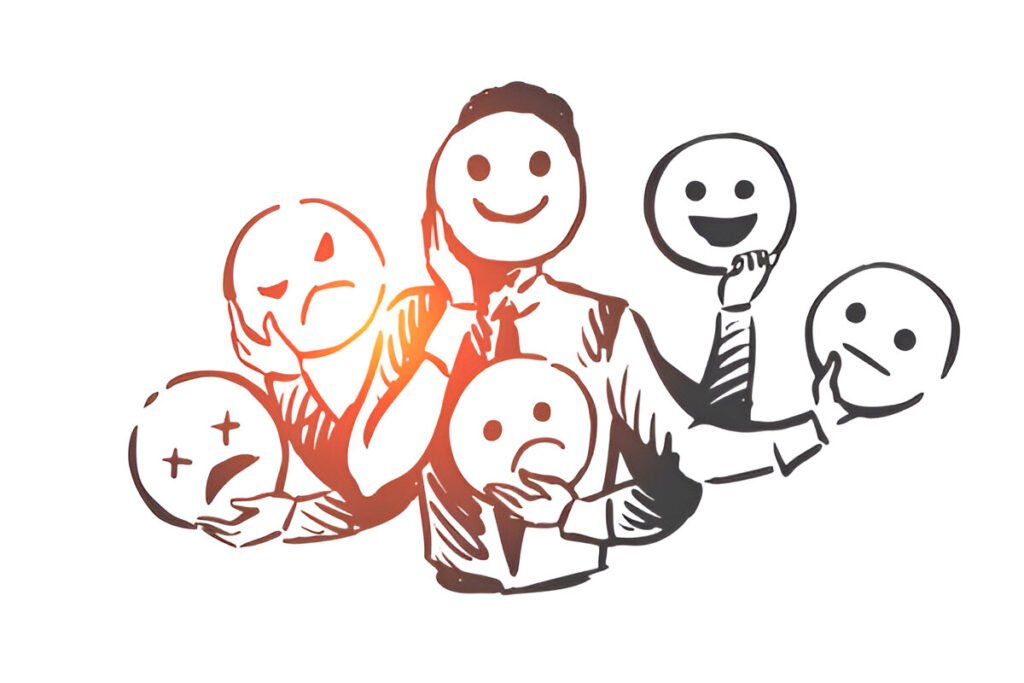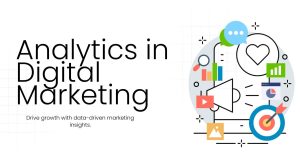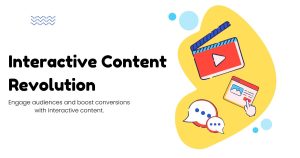Types of Emotions Used in Marketing?

Marketing is more than just visuals, offers, or flashy headlines. What truly drives consumer behavior is emotion. When used correctly, emotions influence attention, memory, and decision-making. This is why emotional marketing has become such a powerful tool.
Marketers don’t randomly pick emotions. They choose feelings that trigger a response — a click, a like, a purchase, or a share. In this blog, we’ll break down the major types of emotions marketers use and how they impact the audience.
Why Emotions Matter in Marketing
Before diving into the types, it’s important to understand why emotions are central in marketing.
People rarely make decisions based on logic alone. Even in B2B scenarios, emotions such as trust, security, or even urgency can drive decisions. Emotional content grabs attention faster, sticks longer in memory, and increases the likelihood of action.
This is why companies spend so much effort crafting emotionally rich messages. When your campaign speaks to how someone feels, you build a stronger bond.
Storytelling plays a powerful role in emotional marketing, helping brands connect deeper with their audience.
Positive Emotions in Marketing
Happiness
Happiness is often associated with joy, laughter, and a sense of satisfaction. Brands like Coca-Cola or Disneyland consistently use happy and uplifting messages to associate their products with good times.
Happy emotions are contagious. People love to share content that makes them feel good. This is why humorous ads or feel-good stories often go viral.
Excitement
Excitement is used to spark curiosity and anticipation. Launch campaigns, limited-time offers, and sneak previews all fall into this category. Think of tech companies like Apple that use suspense and excitement in their product launches.
Excitement works well with younger audiences and is perfect for fast-moving industries.
Love and Belonging
Brands that promote relationships, community, or care often tap into the feeling of love or connection. Think of how brands like Dove or Hallmark approach their messaging — it’s all about emotional depth and human values.
This emotion builds loyalty over time. It works especially well in causes, family products, and lifestyle industries.
Negative Emotions in Marketing
Though it may sound risky, negative emotions — when used correctly — can be just as powerful. They motivate action, create urgency, and sometimes leave a deeper impact.
Fear
Fear is a classic emotion used in public safety, health, or financial planning campaigns. Insurance companies use fear to highlight the importance of protecting your future. Security apps and antivirus software also rely heavily on this emotion.
However, fear should be used with care. It’s most effective when you also offer a solution, not just a threat.
Guilt
Guilt can be powerful in donation or cause-based campaigns. Non-profits often use it to highlight privilege and call for action. A child in need, a threatened species — these visuals and stories aim to spark guilt, then offer redemption through donation or support.
It’s emotional storytelling at its core. But again, it works best when balanced — no one wants to be overwhelmed.
Sadness
Sadness taps into empathy. Campaigns involving real-life stories, losses, or struggles can create a deep emotional bond. Many fundraising or awareness campaigns use sadness to pull the audience closer.
When handled with authenticity, sadness turns into compassion. It can lead to shares, support, and strong brand perception.
Surprise and Curiosity in Campaigns
Surprise
Surprise is an underrated but impactful emotion in marketing. It doesn’t have to be shocking — it can be delightful, funny, or even insightful. A twist in a video, an unexpected giveaway, or a bold message often triggers surprise.
Surprise holds attention. In a world full of noise, that’s a win. You can also combine surprise with humor, excitement, or happiness to deepen the effect.
Curiosity
Curiosity drives engagement. Teaser campaigns, cliffhanger videos, or vague headlines like “You won’t believe what happened…” all use this emotion. It makes people want to know more.
However, if curiosity is used without delivering real value, it can backfire. Always make sure the payoff is worth the tease.
Trust and Safety – The Silent Influencers
Trust
Trust may not feel like a strong emotion, but it plays a critical role in how people perceive your brand. From consistent messaging to transparent pricing and secure checkouts — every step builds trust.
Testimonials, reviews, certifications, and guarantees are all tools used to nurture this feeling. Once trust is established, customer loyalty follows.
Security and Comfort
Especially during uncertain times, people respond well to messages of security. Brands that offer stability or comfort — think of home care brands, insurance companies, or banks — benefit from this emotion.
Marketing built on safety works well with older audiences and risk-averse consumers.
How to Choose the Right Emotion for Your Campaign
There’s no one-size-fits-all emotion. The key is to understand your audience, your product, and your goal.
If you’re launching a new product, excitement and curiosity might work best. If you’re raising money for a cause, guilt or sadness may create empathy. If you’re building long-term brand loyalty, trust and belonging are more effective.
Always test, review performance, and adapt. Emotional marketing is an art, not just a science.
Final Thoughts
Understanding the types of emotions used in marketing helps you connect with your audience on a deeper level. It’s not about manipulation — it’s about resonance. When your content reflects what people feel or aspire to feel, it leaves a lasting impression.
So whether you’re a startup building brand awareness or a business launching a new product, emotion is your best storytelling tool.
Tap into it wisely, and your marketing won’t just be seen — it will be felt.





